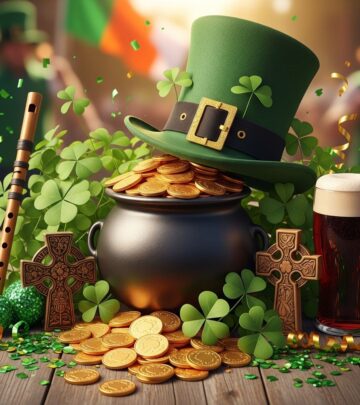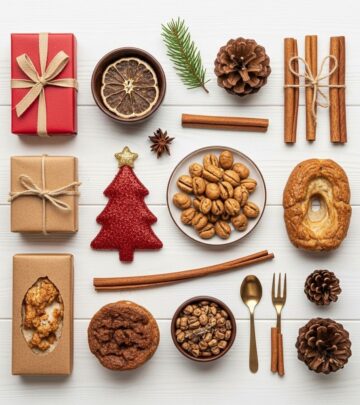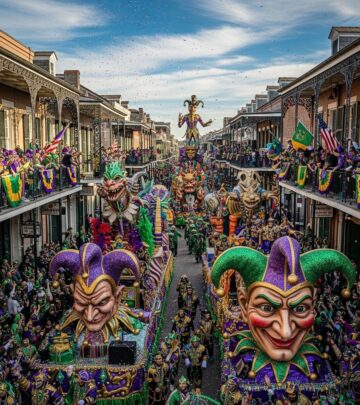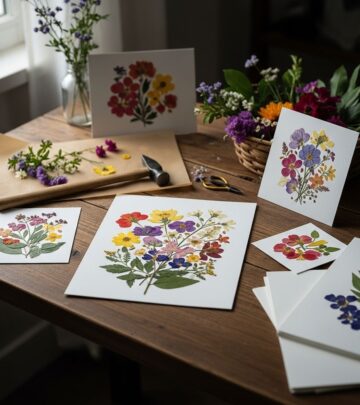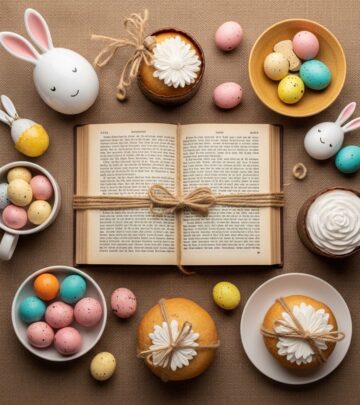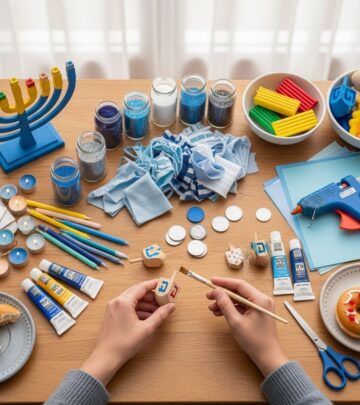Kwanzaa Traditions: Meaning, Symbols, and Celebrations
Communities unite around nightly candle lighting to honor heritage and shared values.
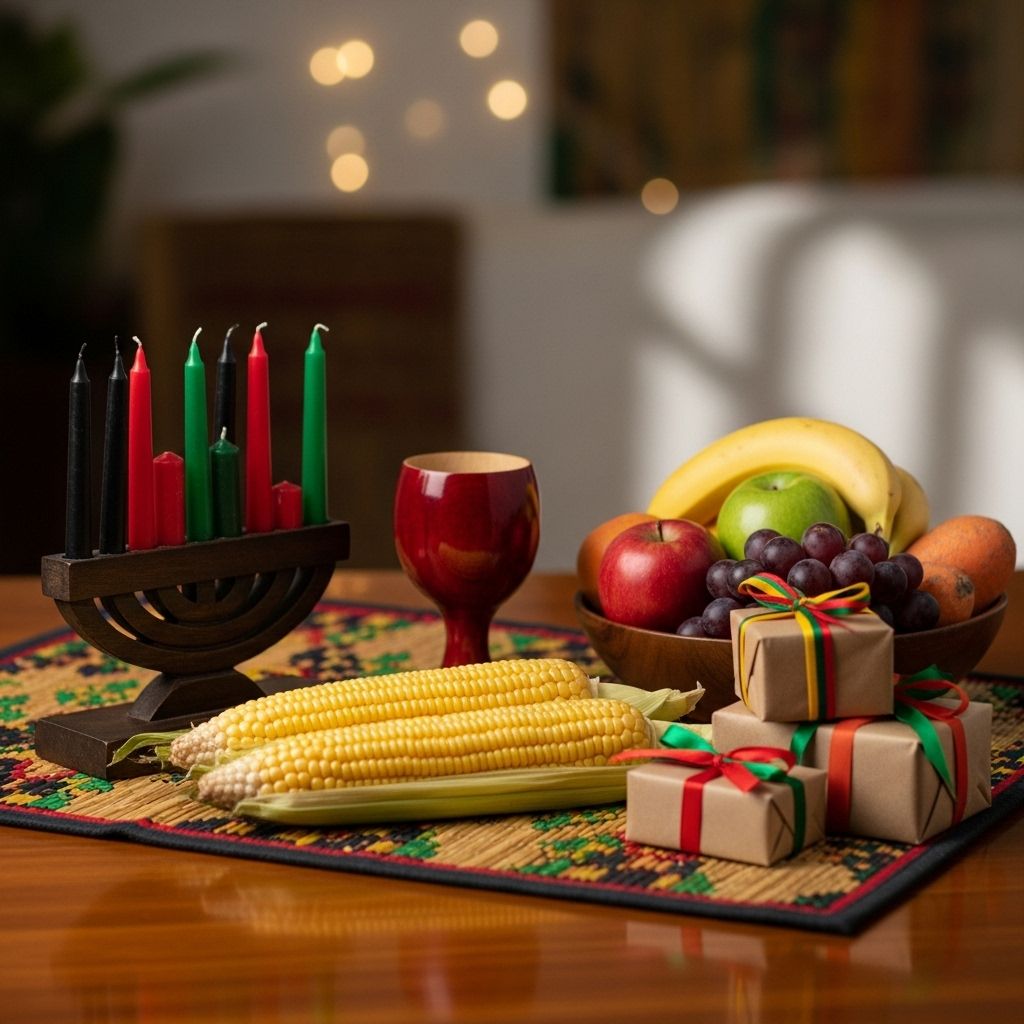
Kwanzaa is a festive holiday that honors African American culture, unity, and values. Celebrated annually from December 26 to January 1, Kwanzaa brings families and communities together to reflect on cultural heritage, reinforce principles of collective good, and participate in meaningful rituals and celebrations. This article explores the traditions, symbolism, and central themes that define Kwanzaa, providing insights into its observances, core principles, and unique practices.
Table of Contents
- Origin and History of Kwanzaa
- Symbols and Rituals of Kwanzaa
- The Seven Principles (Nguzo Saba)
- Celebratory Traditions and Customs
- Traditional Kwanzaa Foods
- Kwanzaa Gifts and Gift-Giving
- Kwanzaa Decorations and Atmosphere
- Frequently Asked Questions (FAQs)
Origin and History of Kwanzaa
Kwanzaa was created in 1966 by Dr. Maulana Karenga, a professor and activist, as a way to unify and empower African American communities following the tumult of the Watts riots. Drawing inspiration from traditional African harvest festivals, Karenga established Kwanzaa to celebrate African heritage and reaffirm shared values. Its name comes from the Swahili phrase “matunda ya kwanza,” which means “first fruits.” Today, Kwanzaa is an inclusive holiday observed by millions, both in the United States and worldwide, by people of African descent and others who appreciate its themes of unity and reflection.
Symbols and Rituals of Kwanzaa
Meaningful rituals and symbolic objects are at the heart of Kwanzaa, enriching the holiday with powerful visual and cultural significance. The following key symbols are integral to the celebration:
- Kinara: A candleholder that holds seven candles (one black, three red, and three green). The kinara represents the ancestry and unity at the core of Kwanzaa celebrations.
- Mishumaa Saba: The seven candles, each representing one of the Seven Principles (Nguzo Saba). The black candle is placed in the center, flanked by red candles (symbolizing struggle) and green candles (symbolizing hope and future).
- Kikombe Cha Umoja (Unity Cup): Used for libations to honor ancestors. Family and community members take turns drinking from the cup, symbolizing shared heritage and unity.
- Mkeka: A mat (often made of straw or cloth), emphasizes the foundation upon which traditions and achievements are built. Other symbolic items are arranged on the mkeka during the celebration.
- Mazao: Fruits and vegetables symbolize African harvest celebrations and abundance, placed on the mkeka as a reminder of the rewards of collective labor.
- Muhindi: Ears of corn; typically one ear for each child in the family, symbolizing the hope for future generations.
- Zawadi: Gifts exchanged during Kwanzaa, focusing on educational or handmade items that reinforce the holiday’s values.
Candle Lighting Ritual
Each night, families gather to light one candle on the kinara, starting with the black candle at the center on the first night and alternating between red and green candles for the following nights. This ritual is accompanied by introspective discussions about the day’s principle and how it can be applied to daily life.
Unity Cup Ceremony
The Kikombe Cha Umoja (Unity Cup) is filled with juice or water. After pouring a libation for ancestors and those who have contributed to the community, participants drink from the same cup to symbolize unity.
The Seven Principles of Kwanzaa (Nguzo Saba)
The foundation of Kwanzaa rests on Nguzo Saba, or the Seven Principles, each of which is focused on a core value for building strong families and vibrant communities. Each principle is highlighted on a separate day during Kwanzaa and is associated with a specific candle on the kinara.
| Day | Principle (Kiswahili) | Translation | Candle Color | Meaning and Practices |
|---|---|---|---|---|
| December 26 | Umoja | Unity | Black | To strive for and maintain unity in the family, community, nation, and race. The black candle is lit; families hold gatherings and share affirmations that honor togetherness. |
| December 27 | Kujichagulia | Self-Determination | Red | To define ourselves, name ourselves, create for ourselves, and speak for ourselves. The red candle to the left is lit, and families discuss cultural pride and personal goals. |
| December 28 | Ujima | Collective Work and Responsibility | Green | To build and maintain our community together, making our brothers’ and sisters’ problems our problems and solving them together. Collaborative activities and community service take place. |
| December 29 | Ujamaa | Cooperative Economics | Red | To build and maintain our stores and businesses and profit together. Focus on supporting Black-owned businesses and community economic initiatives. |
| December 30 | Nia | Purpose | Green | To make our collective vocation the building and developing of our community. Families share goals for uplifting the community and making lasting contributions. |
| December 31 | Kuumba | Creativity | Red | To do always as much as we can to leave our community better than when we inherited it. Celebrated through art, music, poetry, and the festive Karamu feast. |
| January 1 | Imani | Faith | Green | To believe with all our heart in our people, our parents, our teachers, and the righteousness of our struggle. The last candle (green) is lit; the community reflects and sets intentions for the New Year. |
On each day, participants greet one another with the question “Habari Gani?” (Swahili for “What’s the news?”), to which the day’s principle is answered.
Celebratory Traditions and Customs
Kwanzaa is rich with practices that honor cultural roots, creativity, and togetherness. Some of the most enduring traditions include:
- Communal Storytelling: Oral histories, proverbs, and African folk tales are shared to teach values and foster a sense of identity.
- Music and Dance: Drumming, singing, and dancing—especially African and African American styles—are central to Kwanzaa, filling gatherings with rhythm and joy.
- Poetry and Spoken Word: Recitations of original or traditional verse, reflecting themes of resilience, hope, and self-determination.
- Art and Crafts: Creating or displaying African art, textiles such as kente cloth, and handmade crafts fosters creativity and pride in heritage.
- Libation and Ancestor Acknowledgment: Pouring libations in honor of ancestors and community leaders, an act symbolizing gratitude and remembrance.
- Lighting the Kinara: A nightly ceremony that brings everyone together for collective reflection, ending with a group affirmation or promise.
- Karamu Feast: On the sixth night, a grand communal meal celebrates the abundance of the harvest, the achievements of the year, and the ongoing unity of the community.
Traditional Kwanzaa Foods
Food plays a vital role in the Kwanzaa celebration, connecting participants to both African and African American traditions. The Karamu feast especially features dishes that pay homage to the African diaspora and the bounty of the harvest. Common foods and their significance include:
- Yams and sweet potatoes – Symbolizing staple crops of both African and African American communities.
- Collard greens, okra, and black-eyed peas – Representing abundance, luck, and ties to history.
- Jerk chicken, rice and peas, and fried plantains – Reflecting culinary linkages to West Africa and the Caribbean.
- Cornbread, jollof rice, and stews – Comfort dishes that encourage sharing and togetherness.
- Fresh fruits and vegetables – Set on the mkeka, representing both completion of the harvest and hope for sustenance in the future.
Kwanzaa Gifts and Gift-Giving (Zawadi)
Gift-giving during Kwanzaa is a meaningful expression of encouragement and growth, distinct from commercial holiday traditions. Gifts, or Zawadi, are usually:
- Homemade or handcrafted, emphasizing thoughtfulness and creativity.
- Educational, such as books or heritage-themed materials, supporting children’s learning and cultural pride.
- Symbols of achievement or personal growth.
Gifts are exchanged primarily on the last night of Kwanzaa, reinforcing the principles of the holiday and sustaining connections across generations.
Kwanzaa Decorations and Atmosphere
Homes celebrating Kwanzaa are often adorned with vibrant and meaningful decorations, helping set a festive and reflective mood. Common decorative elements include:
- Colorful African cloths, such as kente, used as table runners, wall hangings, or clothing.
- Fresh fruits and vegetables arranged on the mkeka as an offering to tradition.
- Candlelight from the kinara, which glows each evening as a guiding symbol.
- Homemade banners displaying the Seven Principles, Swahili greetings, or affirmations.
- Art, family photos, and ancestral memorabilia, connecting the past and present.
Music, laughter, and the aromas of traditional dishes further enhance the holiday spirit, making each home uniquely reflective of both collective and personal heritage.
Frequently Asked Questions (FAQs)
What is the purpose of Kwanzaa?
Kwanzaa was created to honor the cultural heritage, achievements, and aspirations of people of African descent. It provides a dedicated time to strengthen family, reinforce community values, and celebrate shared history through reflection, rituals, and collective action.
How is Kwanzaa different from Christmas and Hanukkah?
While Kwanzaa may coincide with other end-of-year holidays, it is not a religious holiday. Instead, it is a cultural celebration grounded in African traditions and focused on community, unity, and self-determination. Some families celebrate Kwanzaa along with Christmas or New Year’s, but Kwanzaa has its own distinct rituals and principles.
Who celebrates Kwanzaa?
Kwanzaa was founded as a holiday for African Americans but is now embraced by individuals and families globally who want to honor African, African American, or Pan-African history and values.
What are the most important symbols of Kwanzaa?
The kinara, Mishumaa Saba candles, mkeka, Kikombe Cha Umoja (Unity Cup), mazao (fruit), muhindi (corn), and zawadi (gifts) all play key roles in representing the holiday’s principles. These objects are usually placed on a special table, creating a focal point for ceremonies and gatherings.
What is the greeting used during Kwanzaa?
On each day, celebrants greet each other with “Habari Gani?” (What’s the news?), to which the answer is the day’s principle, such as Unity (Umoja) or Faith (Imani).
What is the Karamu feast?
Karamu is the communal feast held on the sixth night of Kwanzaa (Kuumba/Creativity). Friends, family, and community members gather to share traditional African and African American dishes, perform music and dance, and recognize the year’s achievements and the ongoing journey toward unity and empowerment.
How can I celebrate Kwanzaa if I am new to the holiday?
Start by learning about the principles of Kwanzaa, arranging a kinara and symbolic items, lighting a candle each night, and reflecting on the values each day. You can also join community events, make art or crafts, cook traditional foods, and invite friends and family to participate in cultural activities honoring unity, creativity, and faith.
References
- https://www.swagmagic.com/blog/everything-about-kwanzaa/
- https://newsroom.csun.edu/2023/12/19/kwanzaa-history-and-how-to-celebrate/
- https://en.wikipedia.org/wiki/Kwanzaa
- https://nmaahc.si.edu/explore/stories/seven-principles-kwanzaa
- https://nmaahc.si.edu/explore/moments/kwanzaa
- https://www.ciee.org/go-abroad/college-study-abroad/blog/origin-and-traditions-kwanzaa-and-how-its-celebrated-around-world
Read full bio of medha deb

